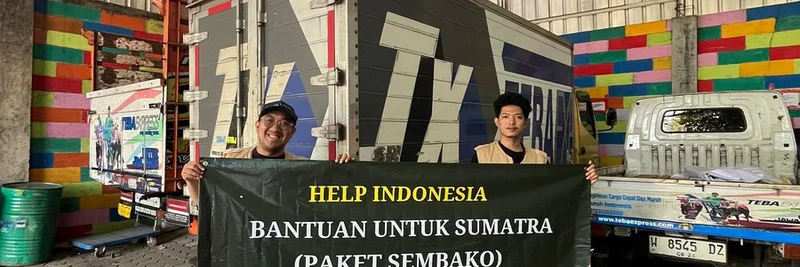Hey there, crypto enthusiasts! If you've been scrolling through X lately, you might have stumbled upon a thought-provoking post by Nick White (@nickwh8te) on July 4, 2025. In this tweet, he echoes a sentiment first shared by Armani Ferrante, saying, "Builders don't want a runtime, they want a server." This simple yet powerful statement has sparked discussions about the future of blockchain development, especially when it comes to scalability and how developers build decentralized applications (dApps). Let’s break it down and see what it means for the Web3 world!
What Does "Builders Don't Want a Runtime, They Want a Server" Mean?
First off, let’s clarify some terms. A "runtime" in blockchain lingo often refers to the environment where smart contracts or code run on a blockchain, like Ethereum’s Virtual Machine (EVM) or Solana’s runtime. It’s a controlled setup that ensures code executes consistently across the network. On the other hand, a "server" implies a more flexible, powerful setup where developers can run complex computations or host applications with greater control.
Nick’s point, building on Armani’s earlier critique, suggests that blockchain developers are frustrated with the limitations of runtimes. They’d rather have the freedom and efficiency of a server-like environment to push the boundaries of what dApps can do. This ties into ongoing debates about Layer 2 (L2) solutions and how they fit into ecosystems like Solana and Ethereum.
The Context: Solana, Ethereum, and the L2 Debate
Nick’s tweet quotes Armani Ferrante’s December 2024 post, where he argued that Solana underestimates the value of L2s as a "computational integrity framework." L2s are secondary layers built on top of a blockchain (like Ethereum or Solana) to handle more transactions faster and cheaper while still relying on the main chain for security. Armani’s take was that Solana’s focus on its high-speed runtime might miss the mark, and developers need more than just a runtime—they need a server-like setup.
Meanwhile, Nick points out a shift in the crypto landscape. In another tweet from the same day, he notes that Ethereum is pivoting to focus on L1 (Layer 1) execution, while competitors like Near have moved on. This leaves an opening for projects like Celestia, which aims to be the "security and interoperability layer of Web3." Celestia’s modular approach—letting developers customize their blockchains—aligns with the idea of giving builders server-like control.
Why This Matters for Meme Tokens and Web3
If you’re into meme tokens or other blockchain projects, this conversation is super relevant. Meme tokens often rely on fast, scalable networks to handle trading and community activity. A server-like environment could mean smoother performance for dApps tied to tokens like Dogecoin or Shiba Inu, especially if L2 solutions evolve to offer more flexibility.
Nick also hints at a cultural shift in the Solana community, suggesting they’re becoming less open to criticism. This dogmatism could slow innovation, giving an edge to projects embracing modular designs. For instance, Termina, a Solana L2, uses a modular architecture to process transactions efficiently—something that fits the "server" mindset.
The Bigger Picture: Scalability and Innovation
The debate isn’t just technical—it’s about the future of decentralization. Armani warned that L2s might not deliver the censorship resistance Ethereum promises, while Nick’s thread highlights how projects like Celestia are stepping up with zero-knowledge (ZK) proofs and rollup solutions. These technologies ensure off-chain computations are secure, which could be a game-changer for dApps needing high throughput.
For blockchain practitioners, this is a call to stay adaptable. Whether you’re building meme token platforms or serious DeFi apps, understanding these trends can help you leverage the right tools. Check out our knowledge base for more on L2s and scalability!
Final Thoughts
Nick White’s tweet is more than just a hot take—it’s a window into the evolving needs of blockchain builders. As runtimes give way to server-like solutions, we might see a new wave of innovation in Web3. What do you think? Are you excited about Celestia or Termina, or do you see another project leading the charge? Drop your thoughts in the comments, and let’s keep the conversation going!

